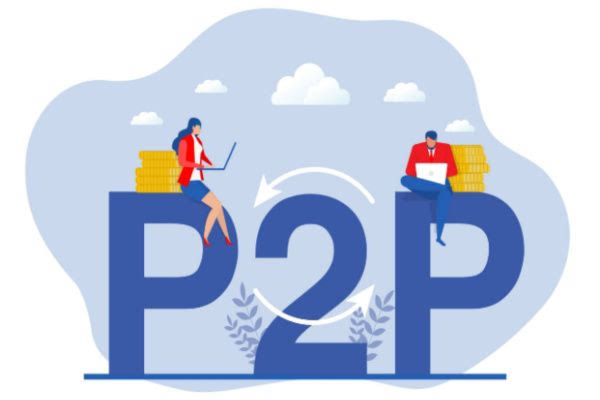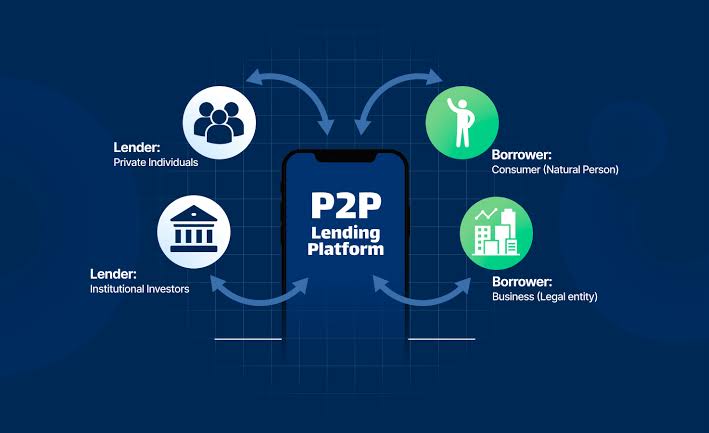Introduction
Peer-to-peer (P2P) lending platforms are revolutionizing the financial landscape in India by providing an alternative to traditional banking systems. These platforms directly connect borrowers with individual lenders, bypassing intermediaries, and offering a more streamlined and transparent process. With India’s growing fintech ecosystem and increasing digital adoption, the P2P lending market has seen significant growth in recent years. This article explores the rise of P2P lending platforms, the factors driving their expansion, challenges faced by the industry, and their potential future in India.

Growth Drivers of P2P Lending in India
- Technological Advancements
The proliferation of smartphones and internet penetration across rural and urban areas has enabled easy access to P2P lending platforms. Advanced algorithms and AI are being used to assess creditworthiness, reducing default risks and making the process more efficient. - Unmet Credit Demand
Many small businesses and individuals in India face challenges accessing traditional bank loans due to lengthy procedures and strict eligibility criteria. P2P platforms cater to these underserved segments by offering more flexible options. - Higher Returns for Investors
P2P lending provides individual lenders with the opportunity to earn higher interest rates compared to traditional investment options like fixed deposits or government bonds, making it an attractive option for retail investors. - Regulatory Support
The Reserve Bank of India (RBI) has established guidelines for P2P lending platforms, ensuring transparency and safeguarding participants’ interests. This has boosted confidence in the sector and attracted more users.
Challenges Faced by P2P Lending Platforms
- Credit Risk and Defaults
One of the biggest challenges is the risk of borrowers defaulting on their loans, which can impact investor trust and the platform’s credibility. - Awareness and Trust Issues
Many potential users remain unaware of P2P lending platforms or are hesitant to trust them due to their relatively new presence in the financial market. - Regulatory Constraints
While RBI guidelines have been beneficial, strict regulations such as capping lending limits and exposure can limit the scalability of P2P platforms. - Competition
The rise of digital lending startups and fintech companies offering competitive loan products has intensified the market competition for P2P platforms.
The Future of P2P Lending in India
The P2P lending sector in India is poised for substantial growth, driven by rising financial literacy and increasing demand for alternative credit solutions. Innovations such as blockchain for secure transactions and AI-driven predictive analytics for risk assessment are likely to enhance platform efficiency and user experience. Collaboration with banks and NBFCs can further expand the reach and credibility of these platforms.
Moreover, the government’s push for financial inclusion and digital payments through initiatives like Digital India and Unified Payments Interface (UPI) will play a pivotal role in promoting the adoption of P2P lending platforms.

Conclusion
P2P lending platforms are transforming the Indian financial sector by providing accessible, fast, and flexible lending and borrowing solutions. While challenges remain, the sector’s growth potential is undeniable, particularly as technology and regulatory frameworks evolve. As more people recognize the benefits of P2P lending, it could emerge as a mainstream alternative to traditional banking, driving financial inclusion and economic growth in India.
